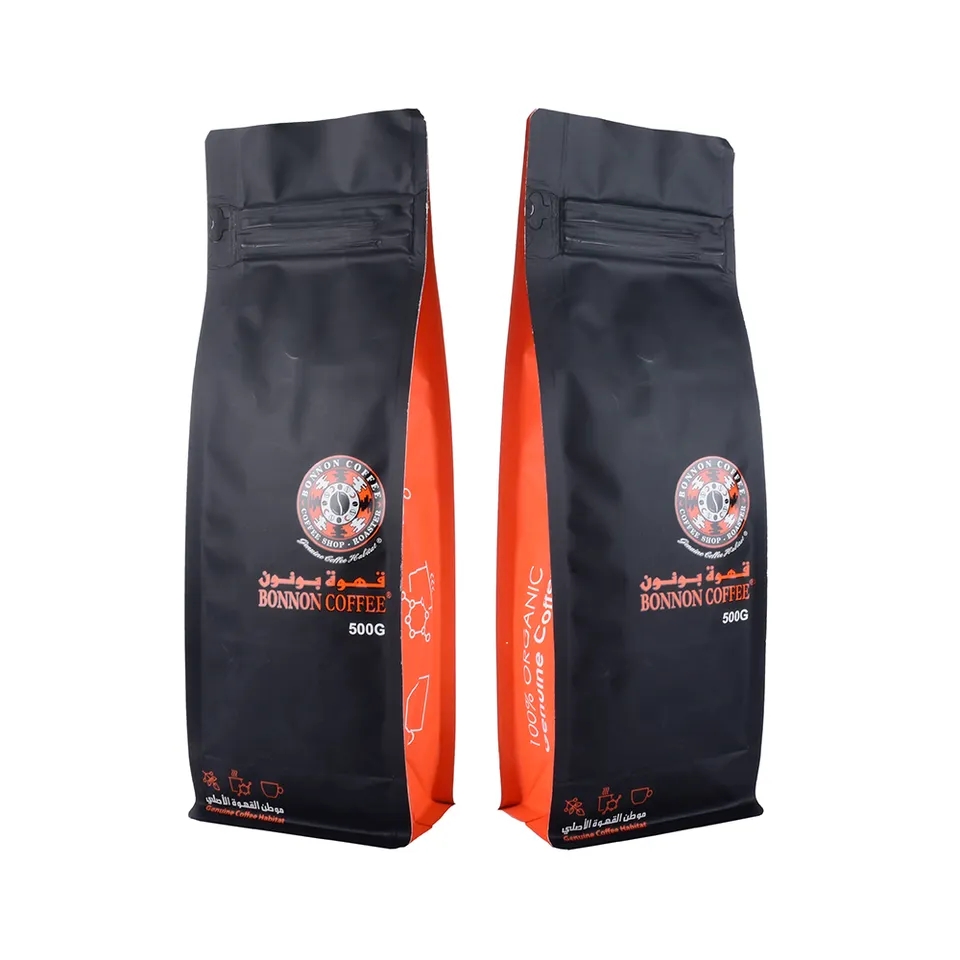Introduction:
In the bustling world of coffee, packaging is a vital component that ensures the preservation of freshness and convenience for consumers. Plastic coffee bags have long been favored for their practicality and effectiveness in preserving coffee beans. However, with the growing concern over plastic waste and its impact on the environment, a delicate balance must be struck between the convenience of plastic coffee bags and the need for environmental responsibility. This article explores the complex relationship between plastic coffee bags, consumer convenience, and sustainable practices in the coffee industry.
1. Convenience and Preservation Prowess:
Plastic coffee bags have earned their popularity due to their practical advantages:
a) Airtight Seal: The airtight seal of plastic coffee bags prevents oxygen, moisture, and light from degrading the quality of coffee beans, ensuring a fresh and flavorful cup of coffee.
b) User-Friendly Design: Resealable zippers and easy-open features provide convenience for consumers, allowing them to access their coffee beans with ease and maintain freshness between each use.
c) Wide Availability: Plastic coffee bags are widely available and cost-effective, making them a common choice for both coffee producers and consumers.
2. The Environmental Challenge:
While plastic coffee bags offer convenience, their environmental impact poses significant challenges:
a) Plastic Pollution: Traditional plastic coffee bags contribute to the global plastic pollution crisis, as they may take hundreds of years to decompose in landfills.
b) Single-Use Packaging: Disposable plastic coffee bags result in a continuous cycle of waste generation, adding to the burden on the environment.
3. Striking the Balance:
The coffee industry is actively exploring ways to balance convenience with environmental responsibility:
a) Sustainable Materials: Coffee producers are increasingly adopting biodegradable or compostable alternatives to traditional plastics, reducing the ecological footprint of coffee packaging.
b) Recyclable Plastics: Some plastic coffee bags are now made from recyclable materials, encouraging consumers to participate in recycling programs and divert waste from landfills.
c) Consumer Education: Raising awareness about the environmental impact of plastic coffee bags fosters a sense of responsibility among consumers and promotes mindful consumption.
4. Packaging Innovations:
Innovative approaches are emerging to create more sustainable plastic coffee bags:
a) Hybrid Materials: Hybrid plastic coffee bags combine biodegradable elements with traditional plastics, striking a balance between functionality and eco-friendliness.
b) Circular Economy Initiatives: Coffee producers are exploring take-back programs where consumers can return used coffee bags for proper recycling or composting.
5. Collaborative Efforts:
The transition to more sustainable coffee packaging requires a collective effort:
a) Industry Collaboration: Collaboration between coffee producers, packaging manufacturers, and environmental organizations drives innovation and sustainable practices.
b) Regulatory Support: Governments and regulatory bodies can incentivize sustainable packaging practices through policy measures and support for eco-friendly alternatives.
Conclusion:
Plastic coffee bags have revolutionized the coffee industry with their convenience and preservation capabilities. However, the challenge lies in striking a balance between convenience and environmental responsibility. By adopting sustainable materials, promoting consumer education, and fostering packaging innovations, the coffee industry can pave the way towards a more sustainable future. Collaborative efforts among stakeholders, backed by supportive regulations, will lead to a responsible coffee culture that values both the enjoyment of coffee and the protection of our planet. As the coffee industry embraces sustainable practices, plastic coffee bags can continue to play a role in delivering the perfect cup of coffee while respecting the environment we cherish.


